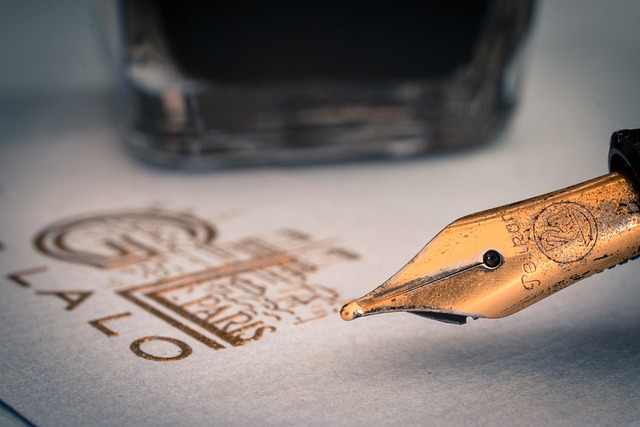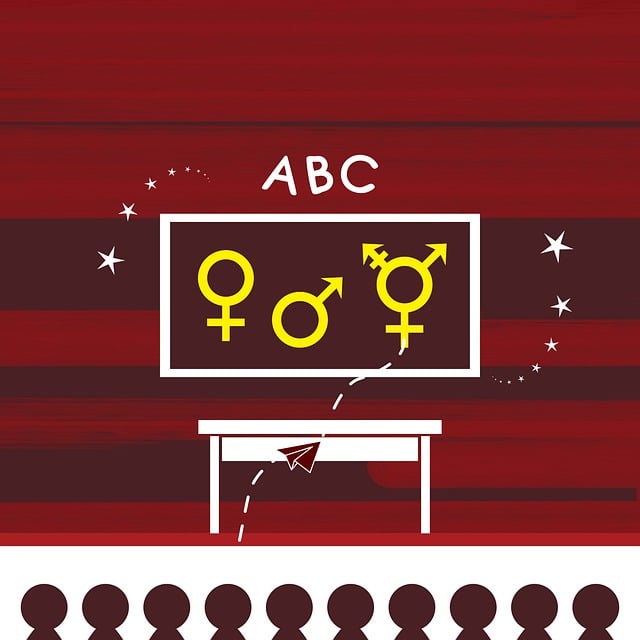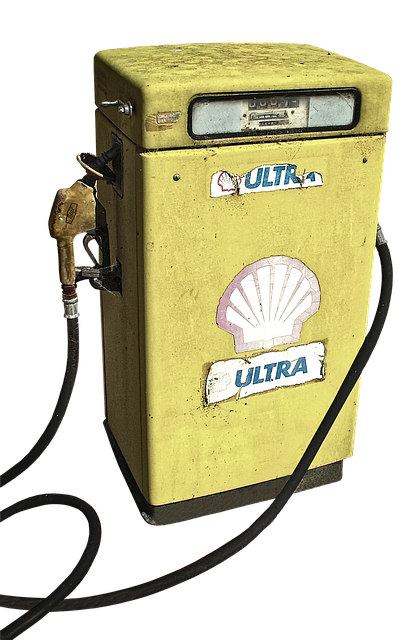Botox and dermal fillers are popular anti-aging treatments with distinct roles. Botox, a neurotoxin, temporarily paralyzes muscles to smoothen fine lines caused by facial expressions, offering 3-6 months of results. Dermal fillers enhance volume by injecting hyaluronic acid, providing immediate but shorter-lasting (6 months to 2 years) improvements in deep wrinkles and defining facial contours. The choice between them depends on personal goals, budget, and desired treatment duration. Both have minimal side effects when performed by qualified professionals, emphasizing the importance of consulting a healthcare provider before deciding.
Professional Botox for Frown Lines: Unlocking a Youthful Appearance
In the quest for youthful skin, Botox has emerged as a leading anti-aging treatment. This article delves into the science and benefits of Botox for frown lines, offering a comprehensive guide to understanding its mechanism, procedure, results, and more. We explore why it’s often preferred over dermal fillers, highlighting key differences in their actions. Learn who makes an ideal candidate, what to expect post-treatment, potential risks, maintenance requirements, and alternative options, providing you with a well-rounded perspective on Botox for achieving a smoother forehead.
Understanding Botox: A Popular Anti-Aging Treatment

Botox, a neurotoxin derived from bacteria, has emerged as a popular anti-aging treatment. It works by temporarily paralyzing muscles responsible for forming wrinkles, particularly around the eyes and forehead, resulting in a smoother appearance. This non-surgical procedure is often considered a game changer in the beauty industry, offering a more natural and targeted approach to reducing frown lines compared to dermal fillers.
While both Botox and dermal fillers are used for cosmetic purposes, they differ significantly. Dermal fillers enhance facial volume by injecting hyaluronic acid or other substances into specific areas, plumping up wrinkles and enhancing certain features. In contrast, Botox focuses on relaxing muscles, making it ideal for preventing dynamic wrinkles caused by frequent facial expressions. Its effects last for several months, providing a more temporary solution than dermal fillers but with the advantage of avoiding potential filler-related complications like lumps or asymmetry.
The Science Behind Botox and Its Mechanism of Action

Botox, or botulinum toxin, is a neurotoxin derived from a bacteria called Clostridium botulinum. When injected into specific muscles, it blocks the nerve signals that cause those muscles to contract. This action is what leads to the reduction of dynamic frown lines and wrinkles. In contrast to dermal fillers, which add volume and plump up the skin, Botox works by relaxing the muscles beneath the surface, thereby smoothing out fine lines and wrinkles.
The mechanism of action involves the blocking of acetylcholine, a neurotransmitter that signals muscle contraction. This inhibition results in reduced muscular activity, especially during facial expressions like frowning. Unlike dermal fillers that may require multiple sessions for optimal results, Botox typically offers longer-lasting effects, making it a preferred choice for many individuals seeking to minimize the appearance of frown lines and prevent their recurrence.
Botox vs Dermal Fillers: Key Differences Explained

When considering treatments for frown lines, understanding the distinctions between Botox and dermal fillers is essential. These two popular cosmetic procedures serve different purposes and offer unique benefits. Botox, a neurotoxin, primarily targets muscle activity, relaxing them to prevent the formation of dynamic wrinkles caused by frequent frowning or squinting. Its effects are temporary, usually lasting 3-6 months, but it’s known for its ability to smooth out fine lines and provide a more youthful appearance without altering skin volume.
In contrast, dermal fillers enhance facial contours by injecting a substance under the skin to add volume and reduce the depth of wrinkles. Unlike Botox, they provide longer-lasting results, often lasting 6 months to 2 years or more, depending on the filler type. Dermal fillers are ideal for individuals seeking more substantial improvements in specific areas, such as deep frown lines or adding definition to the cheeks or jawline. The choice between Botox and dermal fillers depends on a person’s goals, budget, and the desired longevity of the treatment outcomes.
Evaluating Suitability: Who is a Good Candidate for Botox?

Evaluating suitability is a crucial step in determining if Botox is the right choice for treating frown lines. Individuals who experience chronic frowning or furrowing of the brows due to stress, age, or genetic factors may be good candidates. It’s important to note that while Botox is highly effective in temporarily paralyzing muscles responsible for these expressions, it’s not a permanent solution like dermal fillers.
Unlike dermal fillers which add volume and plumpness to the skin, Botox works by preventing muscle contractions, thus reducing the appearance of wrinkles. This makes it a preferred choice for those seeking a more subtle and natural-looking enhancement. Consulting with a qualified dermatologist or healthcare provider is essential to understand your options, as they can assess your specific concerns and medical history to recommend the most suitable treatment, whether it’s Botox or dermal fillers.
The Procedure: Step-by-Step Guide to Botox Injection

The Procedure: Step-by-Step Guide to Botox Injection
Botox for frown lines is a non-surgical, minimally invasive procedure that has become a popular choice for those seeking to reduce the appearance of dynamic facial wrinkles. In this process, tiny amounts of botulinum toxin (Botox) are injected into specific muscle groups responsible for causing frown lines and crow’s feet. Unlike dermal fillers, which add volume to the skin, Botox works by relaxing the muscles, preventing them from contracting and thus smoothing out the skin’s surface.
The step-by-step guide begins with a consultation where a qualified healthcare provider assesses the patient’s facial structure, identifies problem areas, and determines the appropriate dosage. During the actual procedure, a fine needle is used to inject Botox into targeted muscles. The injections are typically quick and almost painless, with many patients reporting minimal discomfort. After the treatment, there may be slight redness or swelling at the injection sites but these usually subside within a few hours. Unlike dermal fillers which offer immediate results, the effects of Botox take 2-7 days to appear, reaching their peak after about 14 days.
Results and Expectations: What to Expect After Treatment

After receiving professional Botox for frown lines, it’s important to manage expectations. Unlike dermal fillers, which can offer immediate results and enhance facial contours, Botox takes a bit more time to kick in. You may start noticing a reduction in dynamic frown lines within 24-72 hours, with the full effect typically visible after about a week. The effects of Botox are temporary, usually lasting between 3-6 months, which is why many patients choose regular treatments for sustained results.
In comparison to dermal fillers, which can add volume and define facial features, Botox targets specific muscle groups responsible for furrowing and frowning. This precise approach makes it an excellent choice for mitigating the appearance of expression lines without altering a patient’s natural facial structure. Both treatments have their merits, so understanding the differences and your desired outcomes is key to choosing the best option for achieving smoother, more relaxed skin.
Potential Side Effects and Risks of Botox Injections

While Botox is a highly effective treatment for reducing and preventing frown lines, like any medical procedure, it’s important to be aware of its potential side effects. Unlike dermal fillers, which can cause issues like lumpiness or an uneven surface, Botox injections typically result in minimal discomfort and temporary redness at the injection site. A common side effect is temporary drooping or weakness in the treated area, usually the forehead or around the eyes. This is a normal reaction to the botulinum toxin and usually resolves within a few days. In rare cases, patients may experience more serious side effects such as headaches, nausea, or difficulty swallowing.
When comparing Botox vs dermal fillers for frown lines, it’s crucial to understand the differences in treatment outcomes and potential risks. Fillers offer immediate results and can add volume to the skin, providing a plumping effect that lasts for several months. However, they may not be as effective in relaxing specific muscle groups responsible for dynamic frown lines. Botox, on the other hand, offers a more subtle yet prolonged result, smoothing out fine lines and preventing the formation of deeper wrinkles over time. While both procedures are generally safe when performed by a qualified professional, it’s essential to discuss potential risks and benefits with your healthcare provider before making a decision.
Longevity and Maintenance: How Often is Botox Required?

The longevity of Botox treatments for frown lines varies depending on several factors, including age, skin type, and lifestyle choices. On average, the effects of Botox can last between 3 to 6 months. After this period, the muscle memory returns, causing the treated muscles to regain their ability to create wrinkles. This is why regular top-ups are necessary to maintain the desired results.
When comparing Botox to dermal fillers, it’s essential to understand that they serve different purposes. Dermal fillers focus on adding volume and plumping up areas to reduce the appearance of fine lines and wrinkles, while Botox works by temporarily paralyzing muscles, preventing them from contracting and thus forming frown lines. Given their distinct mechanisms of action, maintenance schedules differ; Botox treatments generally require more frequent visits than dermal fillers, making it a recurring investment for long-term wrinkle prevention.
Alternative Treatments: Exploring Other Options for Frown Lines

While Botox is a popular choice for treating frown lines, it’s not the only option available. Alternative treatments like dermal fillers offer a different approach to achieving smoother, more youthful-looking skin. Dermal fillers are injectable substances that add volume and pliability to the skin, reducing the appearance of wrinkles and fine lines. They’re particularly effective for deeper folds and creases around the forehead, eyebrows, and mouth.
Compared to Botox, which works by relaxing muscle activity, dermal fillers physically fill in the areas where wrinkles have formed. This immediate effect can provide a faster result, but it may not last as long as botox treatments, which typically last 3-6 months. The choice between Botox vs dermal fillers depends on individual preferences and needs, with both offering safe, effective solutions for managing frown lines.
